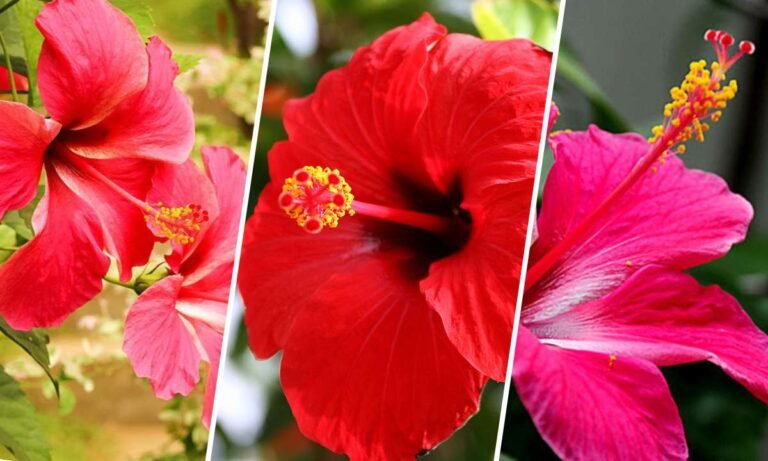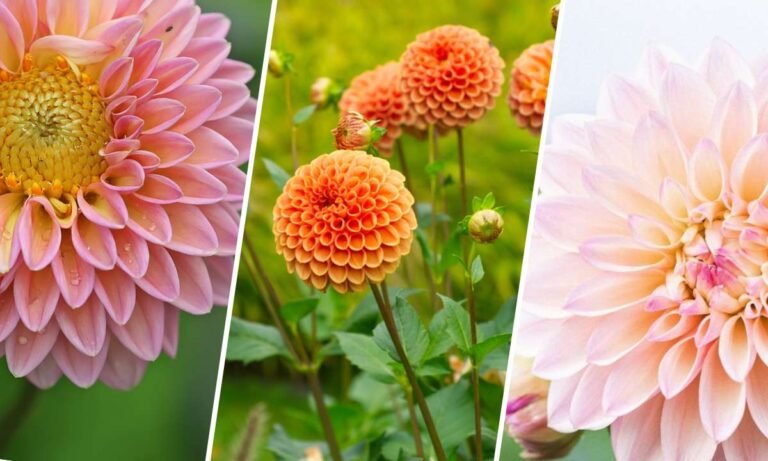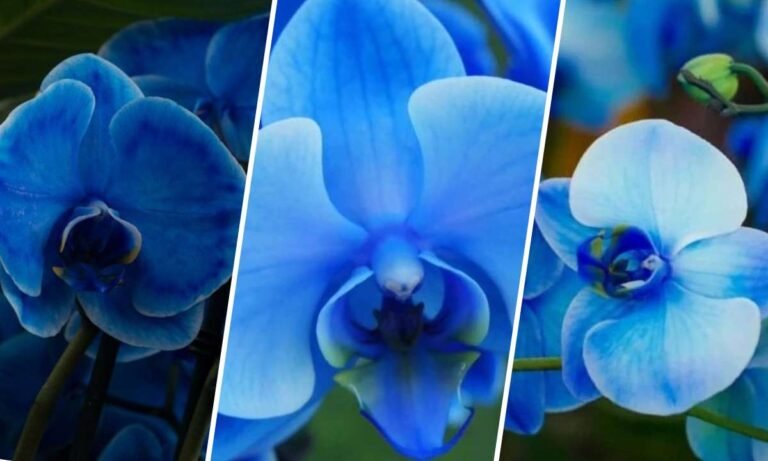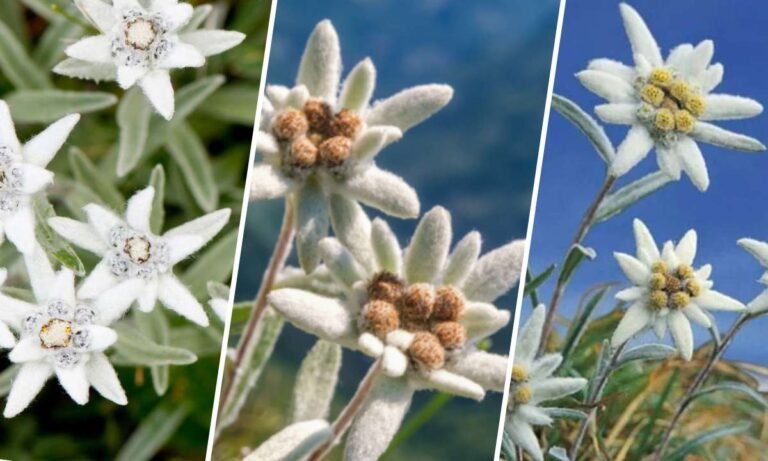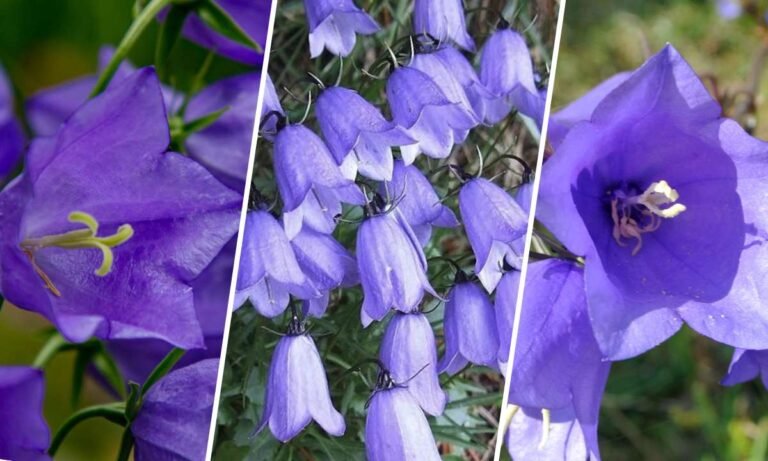Orchids have fascinated people for a long time because of their unique beauty and complex shapes. Beyond their looks, they hold deep meanings in various cultures. Let’s explore what orchids symbolize, their history, cultural significance, and the emotions they represent.
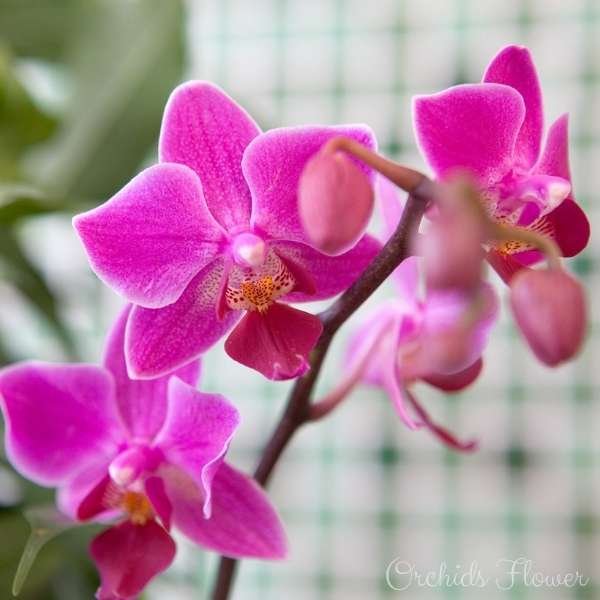
The History of Orchids
Ancient Times and Orchids
Orchids have been valued since ancient times. In China, they symbolized fertility and prosperity. Confucius, the famous Chinese philosopher, often mentioned orchids, comparing their beauty and grace to noble qualities. The Greeks and Romans also admired orchids, linking them with luxury and power.
Orchids in the Victorian Era
During the Victorian era, people became obsessed with orchids, a craze known as “orchid mania.” Collectors searched the world for rare and exotic types. Orchids became symbols of wealth, status, and refined taste, highly sought after by the elite.
Cultural Symbolism of Orchids
Orchids in Eastern Cultures
In many Eastern cultures, orchids stand for elegance, friendship, and fertility. In Japan, orchids are given as gifts to show appreciation and good wishes. Their delicate structure and bright colors make them perfect tokens of admiration and respect.
Orchids in Western Cultures
In Western cultures, orchids symbolize luxury, strength, and beauty. The wide variety of orchid species and their unique looks make them versatile symbols in art, literature, and fashion. Orchids are often used in bridal bouquets and special arrangements, representing love, refinement, and an appreciation for natural beauty.
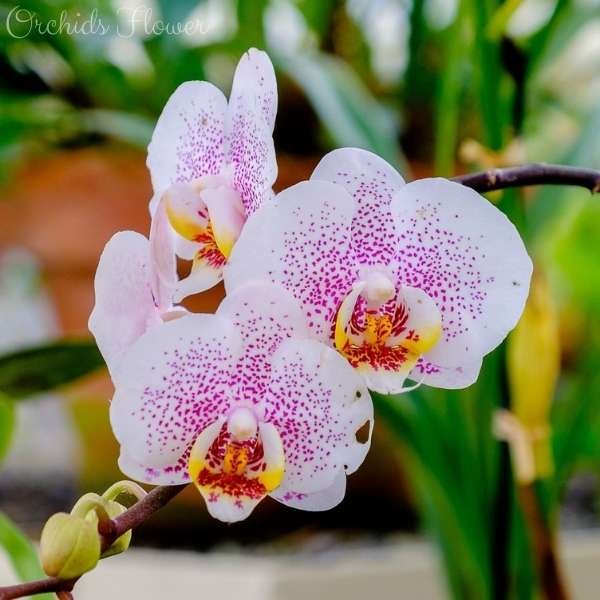
The Language of Orchids: Colors and Their Meanings
- White Orchids: Represent purity, elegance, and reverence. They are often used in weddings and significant life events to symbolize innocence and beauty.
- Pink Orchids: Symbolize femininity, grace, and joy. They are great for celebrating friendships and romantic relationships, expressing affection and heartfelt emotions.
- Yellow Orchids: Represent new beginnings, friendship, and joy. They are perfect for celebrating milestones and achievements, adding cheer to any occasion.
- Purple Orchids: Associated with royalty, admiration, and respect. They are often given to honor someone’s accomplishments or to show deep appreciation.
- Red Orchids: Symbolize passion, desire, and strength. Ideal for expressing romantic love and intense emotions.
- Blue Orchids: Rare and symbolize uniqueness, mystery, and spirituality. Given to convey wonder and admiration for someone special.
Orchids in Different Settings
Orchids in Home Decor
Orchids are popular for home decor because they look stunning and are relatively easy to care for. They enhance the beauty of living spaces and bring a sense of calm and elegance. In feng shui, they are used to promote balance and harmony in the home.
Orchids in Medicine
Orchids have been used in traditional medicine. In China, some species were believed to improve health and longevity. In some cultures, orchid extracts are used in skincare products for their rejuvenating and healing effects.
Orchids in Weddings and Celebrations
Orchids are a favorite in wedding bouquets and decorations. Their elegant blooms symbolize love, beauty, and refinement, making them perfect for joyous occasions. Each color can reflect specific sentiments the couple wants to convey, adding a personal touch to the celebration.
Caring for Orchids
Optimal Growing Conditions
Orchids thrive in conditions similar to their natural habitats. Most prefer indirect sunlight, high humidity, and well-draining soil. It’s important to water them correctly, ensuring the roots do not stay waterlogged. With the right care, orchids can bloom beautifully and consistently.
Common Challenges and Solutions
Caring for orchids can be challenging due to issues like pest infestations, root rot, and improper lighting. Regular inspection and maintenance are crucial. Using the right potting mix, maintaining proper humidity levels, and ensuring good air circulation can prevent many common problems.
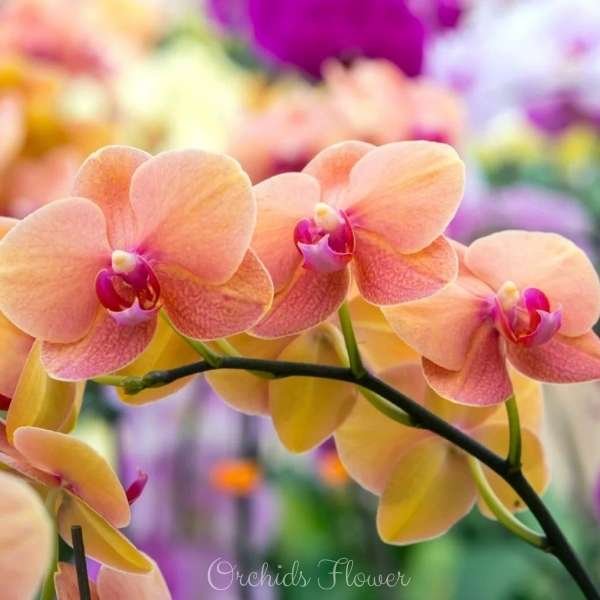
Conclusion: The Enduring Charm of Orchids
Orchids, with their intricate beauty and deep symbolism, continue to captivate and inspire us. Their rich history and cultural significance make them more than just decorative plants. By understanding their meanings, we can appreciate their true value and express deeper sentiments through their delicate blooms.

